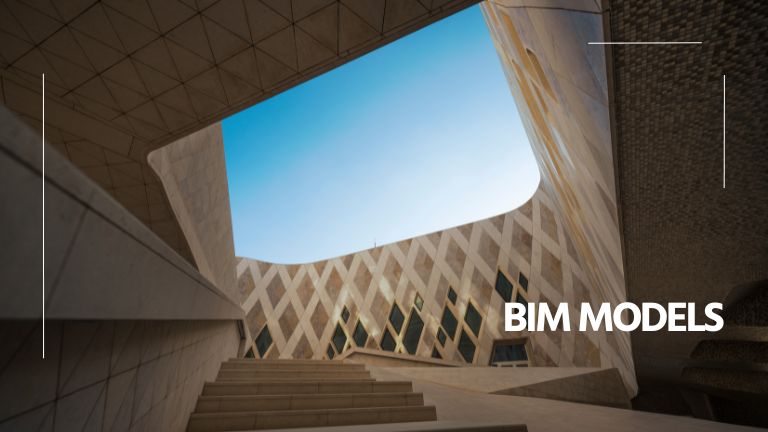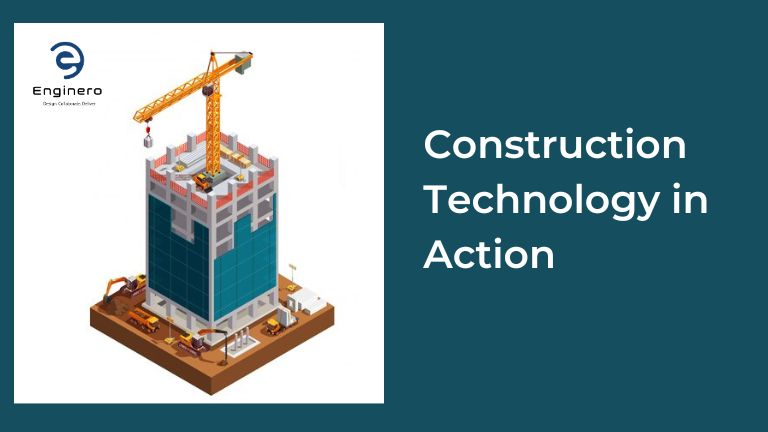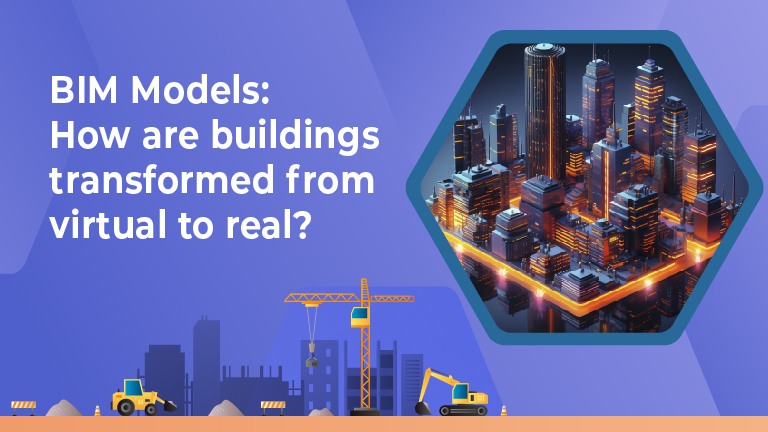Building Information Modeling (BIM) is one of the magnificent innovations that revolutionized the realm of construction and engineering.
A virtual representation of the building in 2D and 3D is enchanting, but BIM is an advanced way of planning with software where all the details of the building are stored and maintained for better lifecycle management of the project.
In this blog, we slide you through the evolution of BIM models and their impact on buildings’ elevation and maintenance. We carry you through the transformation of the virtual representation of a building into reality with BIM models as a catalyst.
Prominent Factors in the BIM Model for a Complete Building
Constructing a building is a collaborative process that requires multiple minds to express and execute ideas. When we look at the factors that determine a complete building, they are diverse and share equal importance with the time and cost of constructing a building.
The factors can be anything from building design and architecture, site selection and analysis, mechanical, electrical, and plumbing systems (MEP), building materials and construction methods, energy efficiency and maintenance, safety and security, cost maintenance, and efficient lifecycle management.

When these parameters of the ideologies are met, we can say the project has the potential to be the most magnificent structure.
Earlier, in primitive times, meeting the above-mentioned parameters was itself a task as the collaboration and technology were not that extensive.
When this niche demanded evolution, BIM (Building Information Modeling) came in as a solution to boost effective collaboration and emphasize the above-mentioned principles of a complete building.
How BIM models drive buildings from virtual to reality
Having said that BIM models are an effective method of elevating a structure, we want to go deep into it by letting the crowd know the aspects of BIM that catalyze the construction in a better way.
We said BIM is a digital representation of a building structure that gives a virtual experience of a building. Here we stress the factors that promote the effective evolution of that virtual representation into reality.
Design Development and Conceptualization of BIM Models
BIM renders ideal assistance for the architects and engineers to draft the design with the software, as this lets them develop the design impressively and seamlessly.
Designers and architects can develop a 3D model of a building with BIM that includes architectural design, MEP designs, structural components, and other data.
The 3D model through BIM will give users and stakeholders a clear vision of the building model.
Collaboration and coordination in BIM Models
A streamlined process determines better functionality when developing a construction project, and collaboration is the first place to enhance this. When all the working minds are grouped under a canopy, it eventually activates better coordination and collaboration.
BIM models catalyze collaboration, where architects, stakeholders, and all groups of workers can collaborate with the BIM model as it provides extensive data on the project with a detailed 3D representation.
When this happens, the workflow remains stable, and the managers or superiors can make sure that everyone is on the same page as the construction project to avoid any misconceptions and deviations from the project.

Issue and Clash Detection
Another major feature that BIM offers in the construction realm is issue and clash detection.
The virtual representation of the project will reveal the potential problems with the project and rectify them before implementing them in reality on the ground.
Each issue and clash will be highlighted with the BIM model so that the users will first manually locate and rectify them to avoid any misconceptions again.
Time and cost management
Elevating a building with BIM saves ample time and money. Since BIM software is highly impactful, users can create a 3D model in less time than with conventional methods. The BIM models include every aspect of the building and give a detailed outline of the materials required for construction.
Therefore, it lets the users cut costs that might be spent on waste and storage needs. Moreover, unlike the primitive methods, the BIM model can give an accurate estimation of the project, which the community can follow to avoid spending more on the projects.
Project Execution
Another major reason to use BIM to turn virtual representations into reality is that the mechanism is user-friendly. BIM models are accessible on various devices, which the users or the site managers can use to keenly follow the plan and deliver the same with the project.
This makes sure that the project development goes in line with the project without deviating or being misleading.
Lifecycle Management
BIM-based projects embrace ideal lifecycle management. BIM models have extensive data about the specific project, which can be used at any time post-construction.
Each detail of the building is captured in BIM, including MEP and structures. With the model, users can intervene at any time and rectify any malfunctions in a specific region of the building.
Enginero: Moving Towards Betterment with BIM
Since we have harnessed the unique qualities of BIM to drive buildings from virtual to reality, having a reliable solution solely for BIM management is highly inevitable. Enginero’s most impactful assistance is here with multi-device compatibility.
The solution has all the features to classify and manage BIM models, giving you ownership over your projects. From model viewer to clash detection, issue management, BOM, and more, Enginero gives you much-needed assistance that moves projects in the right direction.
Make a move now and grab the ultimate assistance that stimulates the functions of magnificent BIM models.


Leave a Reply